Geofencing is quite a widespread technology that is used to cover specific geographic zones. Geofence is a configuration of virtual boundaries within a specified area based on Google Maps or other mapping programs popular in the specific region or country. Digital application agencies, like Owlab, can develop a unique system of notifications that are sent to the visitors of the area or monitoring organizations as new authorized devices or vehicles enter the specified zone.
How is geofencing applied in different spheres?
In recent years geofencing technologies have found great popularity due to the little complexity and user-friendliness. Furthermore, they are very cheap in use but can guarantee the clients incredible short-term and long-term results. Among the main types of geofencing, we can name the following:
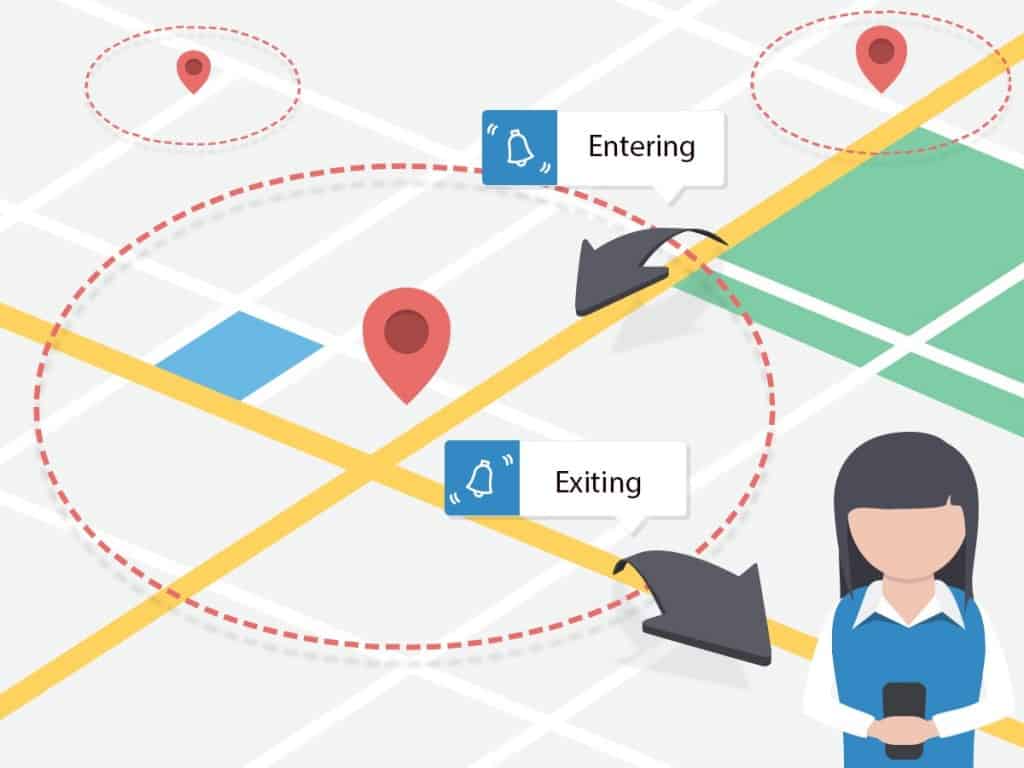
– No-go zones
The areas which might be dangerous to enter due to criminal situation, specific police operations or potential chemical, explosive, and other types of hazards, no-entry zones are defined, and each time people enter them, they get notifications via Wi-Fi, GPS, or radio to leave the place immediately to avoid any kind of life risks.
– Emergency areas
Emergency situations with the need for massive evacuations are another field of geofencing usage. People in potentially dangerous zones due to floods, fires, hurricanes, and other types of natural or industrial disasters are informed of the evacuation mechanisms while they are within a potential zone of high risk with the help of pre-created messages on their phones and other GPS-based devices.
– No-exit zones
Geofences can also be applied to confinement. In other words, in comparison to previous cases, people are asked not to leave specified areas. And if they do, controlling organizations and people themselves get necessary alerts. In many countries and cities, geofencing had a wide usage during the lockdown period.
– Speed-limit zones
In many places, road police define speed-limitation zones. Each time drivers exceed the limit, they get alerts in the form of messages on the phone or notifications on their devices in mapping applications.
· What is geofencing marketing?
Companies use geofencing to target their audience and start communication with them. Here, by geofencing marketing, we mean a special marketing strategy that focuses on the specific location and its benefits. Using this strategy, the marketing team plans the system of short-term campaigns and a general long-term approach to the audience attraction. They can focus on a specific district in the city. Sometimes it is around the place their retail shop is situated. In other cases, they target the area where their potential customers live. Dentistry clinics for children can target not only their own area but the locations close to kindergartens and primary schools. In other words, instead of other, usually less cost-efficient marketing activities, the company advertises its products or services to a more filtered audience with more transactional potentials.
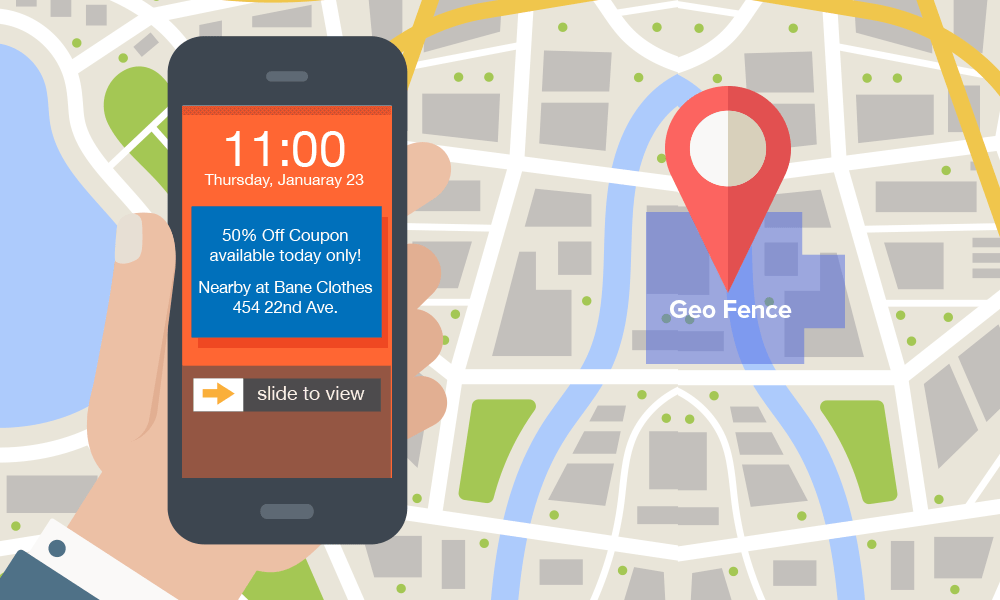
· Geofencing marketing strategies
What is specific about geofencing marketing strategies is that they allow them to reach a more targeted audience and create a more personalized approach to further communication with clients beforehand. The messages the clients receive are more effective, as the audience, in most cases, appreciates such type of attention, of course, if the non-spamming rules are taken into account. This strategy works well for mass-market offers, and also for niche ones.
For example, while targeting the specific location companies might want to connect with the particular ethnic group. In other cases, knowing that a certain district contains a lot of corporate blocks of flats, a company can find out a lot about the features of its inhabitants and personalize their offer on the base of gathered data. To balance your online and offline presence your company can also advertise its mobile application via sending geofencing-based messages to potential clients or even re-engage users who abandoned your app after first use.
Benefits of geofencing
Applying geofencing for business can have an unlimited list of benefits, and some of them are listed below:
It’s not expensive
Many marketing campaigns are very hard to estimate in the means of the final cost. And in many cases, the results they bring are not satisfying. Geofencing, if applied in advertising, attracts the interests of potential audiences and invites them not to leave the area without visiting your shop or restaurant. Besides, it can help calculate the duration of stay in your shop and the speed of customers’ reaction to the received invitation. Short-term marketing activities, such as sales limited in time or devoted to special data, are one of the most beneficial uses of geofencing in advertising. The cost is not high, and a company clearly understands what the advertising budget is spent on in this case.
Easy way to collect marketing information
Analyzing the audience in a particular area is a great chance to program the geofencing campaign very accurately and gather a piece of very precise information about the clients. In comparison to social networks where it’s always hard to estimate which percentage of the clients is to go to the end of the funnel. But in the case of geofencing messages, the time between receiving the notification and the final decision at least to visit you is shorter, so you can quickly estimate the transactional potential of the audience you cover. Here, the effect of suddenness also helps to get the audience more interested.
A chance to boost brand awareness
Introducing yourself or reminding about your company via geofencing is a good way to increase brand awareness. You can program your messages more personalized, and at the same time, they can have an informational effect providing the data about you, but also transfer the value proposition simultaneously. In this way, you can also remind the audience that there is a good reason to visit you again. In a long-term perspective, this technique helps to boost your brand awareness easily. So, the potential audience won’t just think of you as a company somewhere on the Internet, they will associate you with your offline facilities.

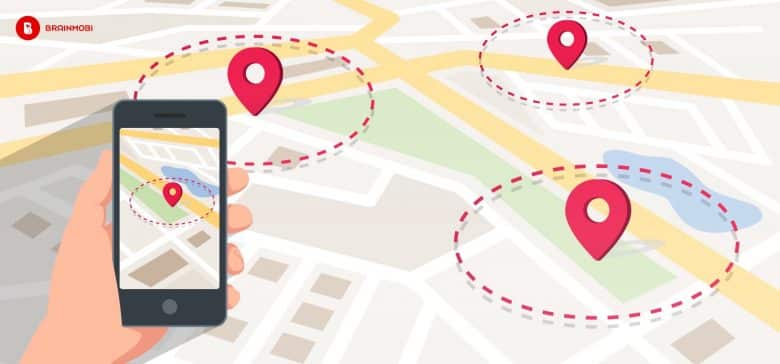
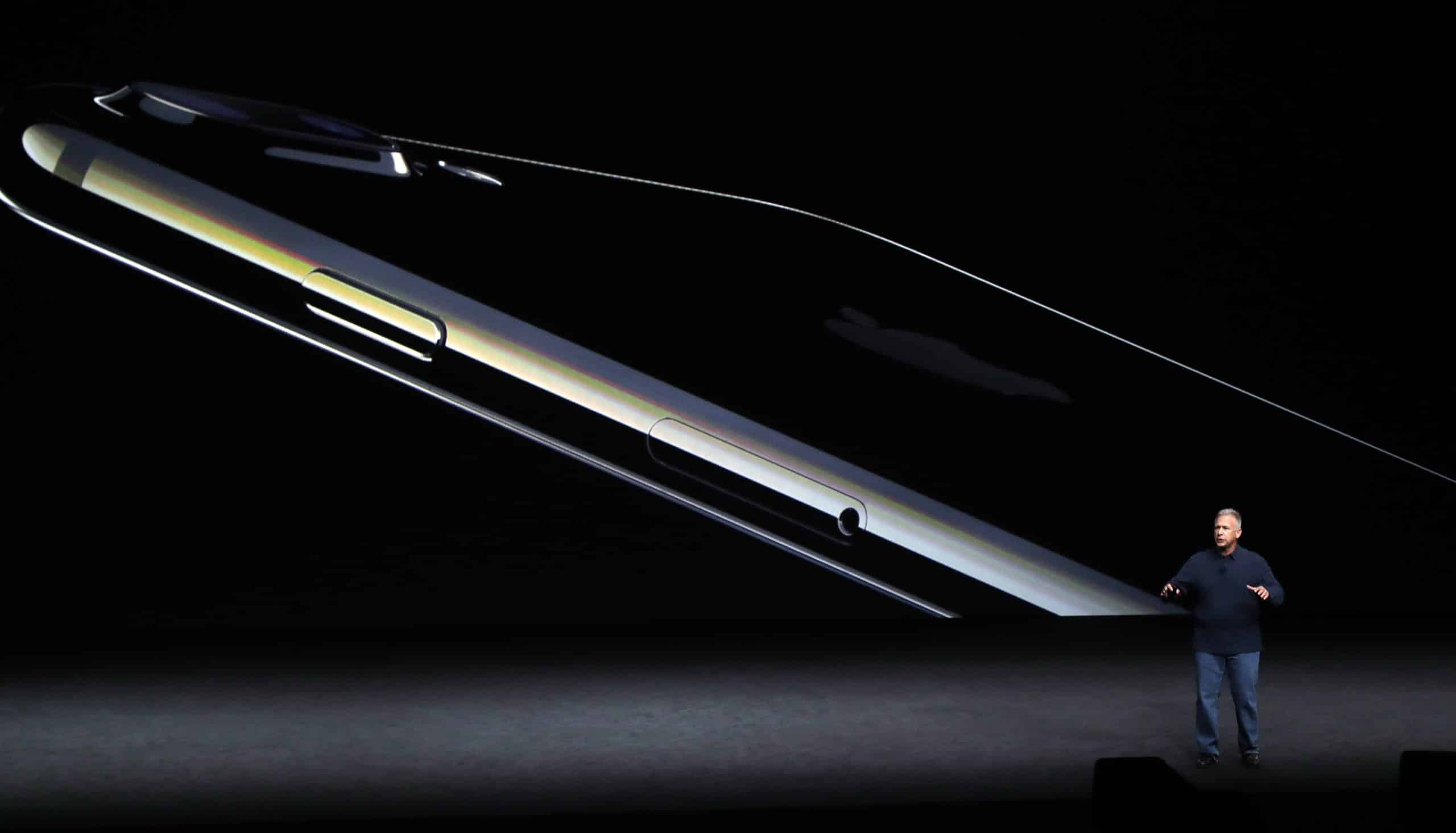







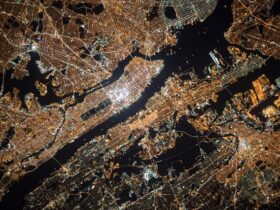
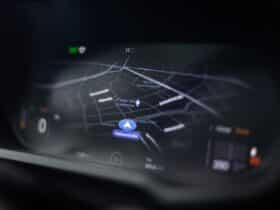


Leave a Reply